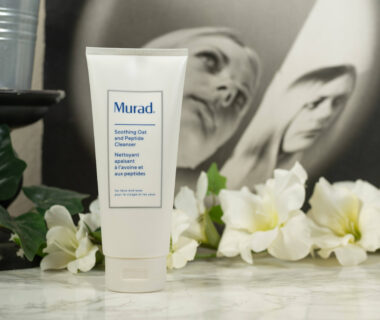LINKS USED ARE AFFILIATE LINKS. I RECEIVED NO MONEY TO WRITE THE BLOGPOST. PLEASE READ DISCLAIMER
Today I wanted to talk about something not really related to skincare, but about something I have gotten a lot of questions about both on- and offline: Seasonal Affective Disorder or Winter Depression or Winter Blues or however you want to call it.
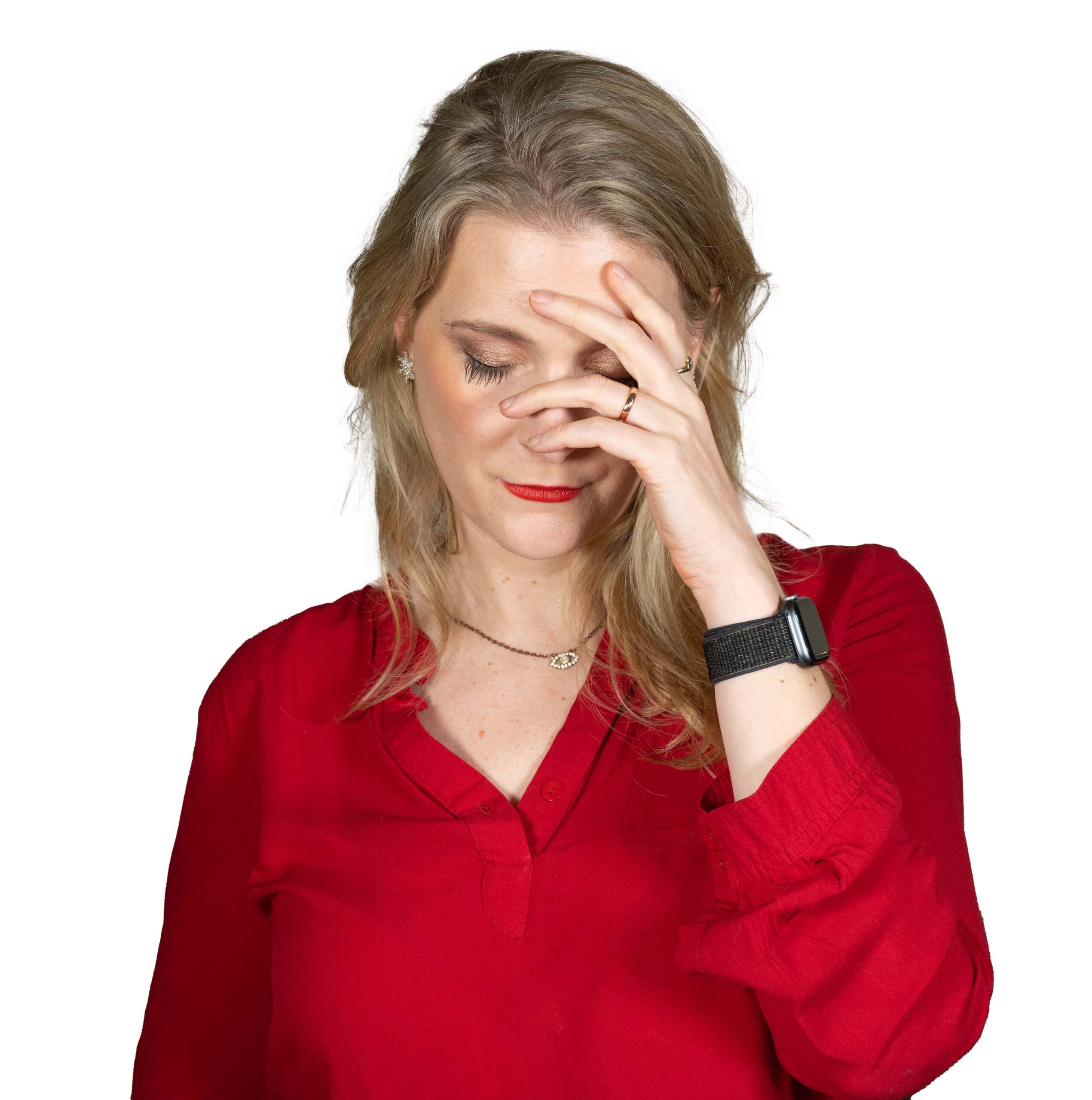
As always, this post is just general information and no replacement for talking to someone in person – especially when you are struggling with your mental health, it is of utmost importance to reach out to someone, be it friends and family, a professional or a self help hotline (I will leave some suggestions below).
Don’t hesitate to tell someone how you are feeling.
Because it is the much more common one, I will focus on the form of Seasonal Affective Disorder that will take place in winter – there seems to be a very rare form where people are affected more in summer, but we’ll ignore that for now.
What is Seasonal Affective Disorder?
Seasonal Affective Disorder or SAD is a recurrent depressive disorder where people become depressed at certain times of the year, most often in autumn and early winter, and get better without intervention when spring and summer come around.
To fulfill diagnostic criteria, the depressive episodes have to meet the criteria for major depressive disorder, have a clear seasonal pattern, meaning you should not have any or at least much less depressive episodes in spring and summer than you have in autumn and winter and should be recurrent over the course of at least two years.
If your depressive symptoms do NOT meet the criteria for major depressive disorder, you might get diagnosed with Subsyndromal SAD.
While seasonal changes in mood have been reported even in ancient medical texts, it is to this date not clear if SAD is a separate disorder or just a seasonal variation of depression. What remains unchallenged though is that people experiencing these seasonal symptoms do report a greatly diminished quality of life.
Quite often SAD presents with symptoms different to other depressive episodes, mainly an increased appetite with carbohydrate craving and increased sleep rather than loss of appetite and sleep disturbances, but as always symptoms can vary between the individual people.
There is a Questionnaire, the Seasonal Pattern Assessment Questionnaire, that is often used for screening and is available online to fill out by yourself (you can find it here). It will not provide you with a clear cut diagnosis, like with this amount of points you suffer from SAD, with less you don’t, but will tell you that if you score high, you should consult your physician to discuss your findings.
While I have linked the Questionnaire, I want to stress that not all studies found it to be helpful in identifying people with SAD, so don’t read too much into it.
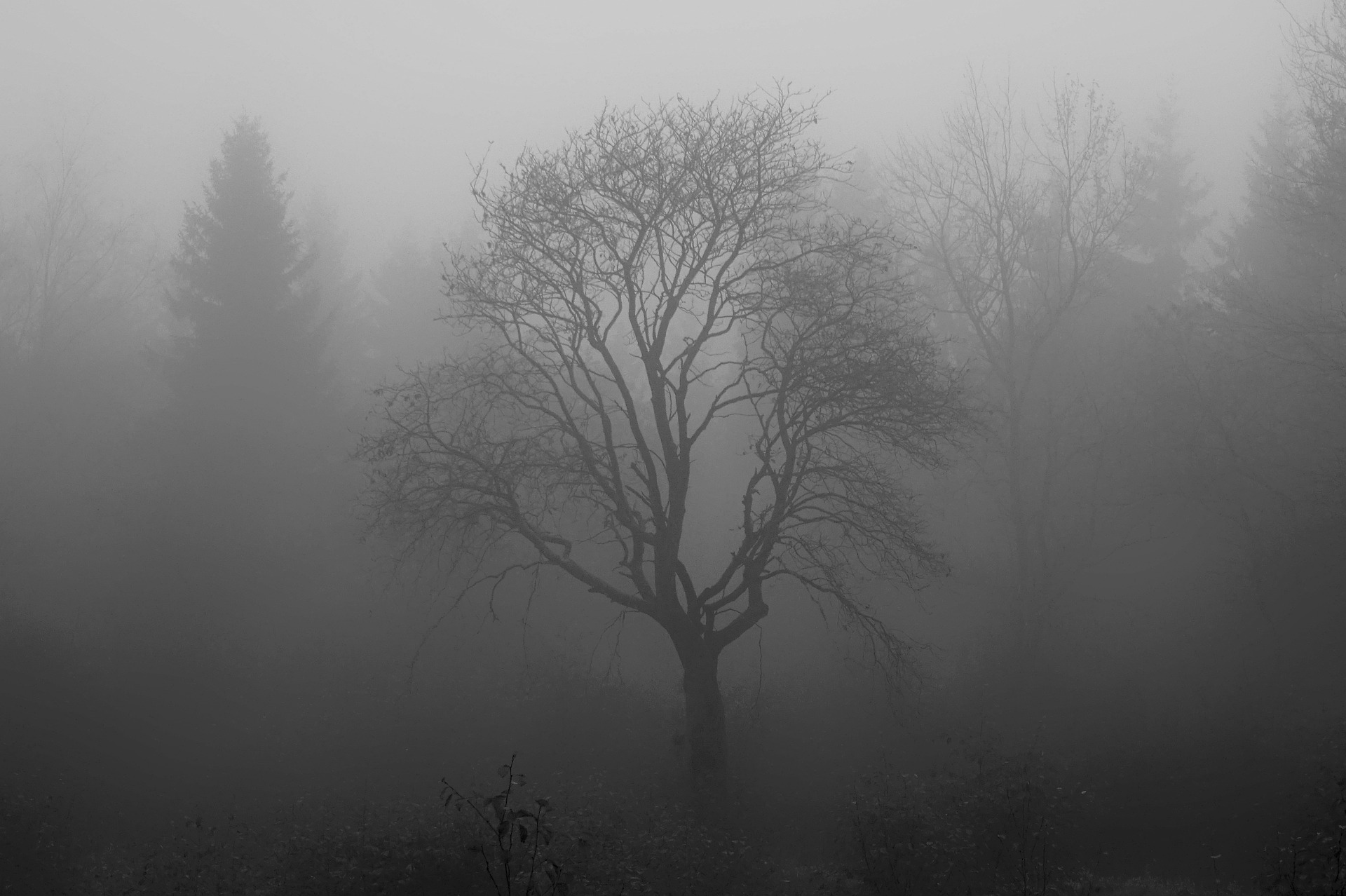
Image by imagii from Pixabay
Are there physical changes in people with SAD?
As always in medicine, we are mildly obsessed with things we can measure, so of course the question is if there are variations in the physique of people suffering from SAD opposed to the one of those who don’t.
I mentioned before that it isn’t accepted by everyone that SAD is a separate disorder, and that reflects in the low amount of research surrounding it, so while we have some studies that show biological alteration in the serotonin secretion or, what I find personally quite interesting, a longer nocturnal melatonin secretion in autumn and winter compared to people that did not identify as suffering from SAD symptoms, the findings are inconcise in that not everyone with the diagnosis shows these alterations and that some people show the alterations, but don’t experience symptoms.
Hormones and any form of changes in their secretion are incredibly complex though, so I wouldn’t be surprised if the next years would bring some more interest to that topic and also some new research that helps understand it more.
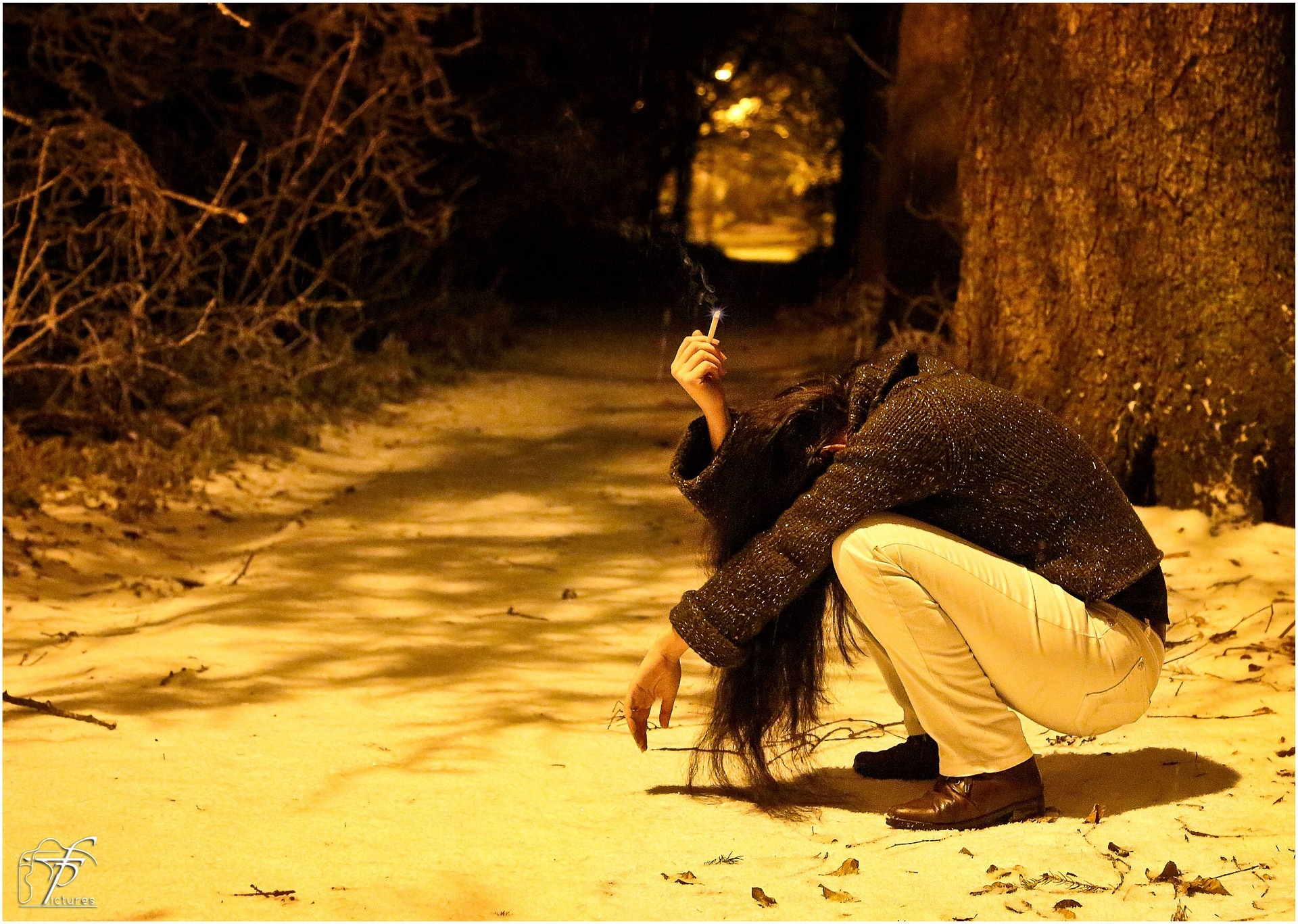
Are there risk factors for getting SAD?
Other than the mentioned variations in the hormones, are there risk factors that have been identified? Yes. You are twice as likely to suffer from SAD if you were born female and most people describe the first onset of symptoms in their third life decade. While the latitude does seem to play a certain role as well, meaning the further up north you live, the more likely you are to develop symptoms, the influence isn’t as big as one might think.
When looking at the prevalence in Iceland as opposed to certain places in the US, the prevalence in Iceland with its long dark winters was actually lower, which suggests that cultural, ethnic and genetic factors might play a more important role than latitude itself.
These findings do need to be taken with a grain of salt though, as prevalence studies yield widely varying results even looking at the same population, meaning SAD is either over or underdiagnosed using the tools we have.

Image by Shad0wfall from Pixabay
What can you do if you suspect you have SAD?
But no matter if you believe in SAD being a variation of depression or a disorder in itself, if you experience symptoms, you will want to know what to do about them – waiting until spring rolls around isn’t really the best option.
The first and most important thing is obviously: Talk to your health care provider to make sure you get the therapy you need and so they can rule out other problems that might present with similar symptoms, like thyroid problems, non-seasonal depression or Vitamin D deficiency, just to name a few.
A lifestyle change that is commonly recommended is spending time outdoors during midday, preferably doing some sort of exercise. Another thing that seems to be beneficial is using one of these dawn alarm clocks that simulate the sun slowly going up when it is time to wake up. I mean, it would probably be best to just adapt to the changing seasons by getting up later and sleeping more, but that isn’t a luxury most of us have.
While these lifestyle changes on their own might prevent light symptoms, they will obviously not be enough to treat depression.
For SAD light therapy with specific light boxes with between 2500 to 10000 Lux is used – for comparison your regular lamp has 200 – 500 Lux – and this light is administered between 30 minutes (for 10000 Lux) and 2 hours (for 2500 Lux) directly onto the patient, preferably right after getting up. This takes commitment, I mean I would struggle to fit in even 30 minutes light therapy in my busy mornings, and these lamps are quite expensive, so it is a good thing that many reputable companies let you try the lights for a longer period of time before fully committing, as not everyone responds to the treatment anyway.
Interestingly enough there was a small study done on 30 Finnish office workers, some of which presented with symptoms of SAD and some of which did not, that received this kind of light therapy at work for a certain period of time, after which all of them, the ones with and the ones without SAD symptoms, reported more energy, a better mood and more productivity. That just as a side note.
If light therapy doesn’t work for you, you can always use antidepressants, but these seem to be less effective when used for SAD than they are for other forms of depression.
What is the best way to go for you individually of course always needs to be discussed with your doctor, as it depends on a lot of variables.
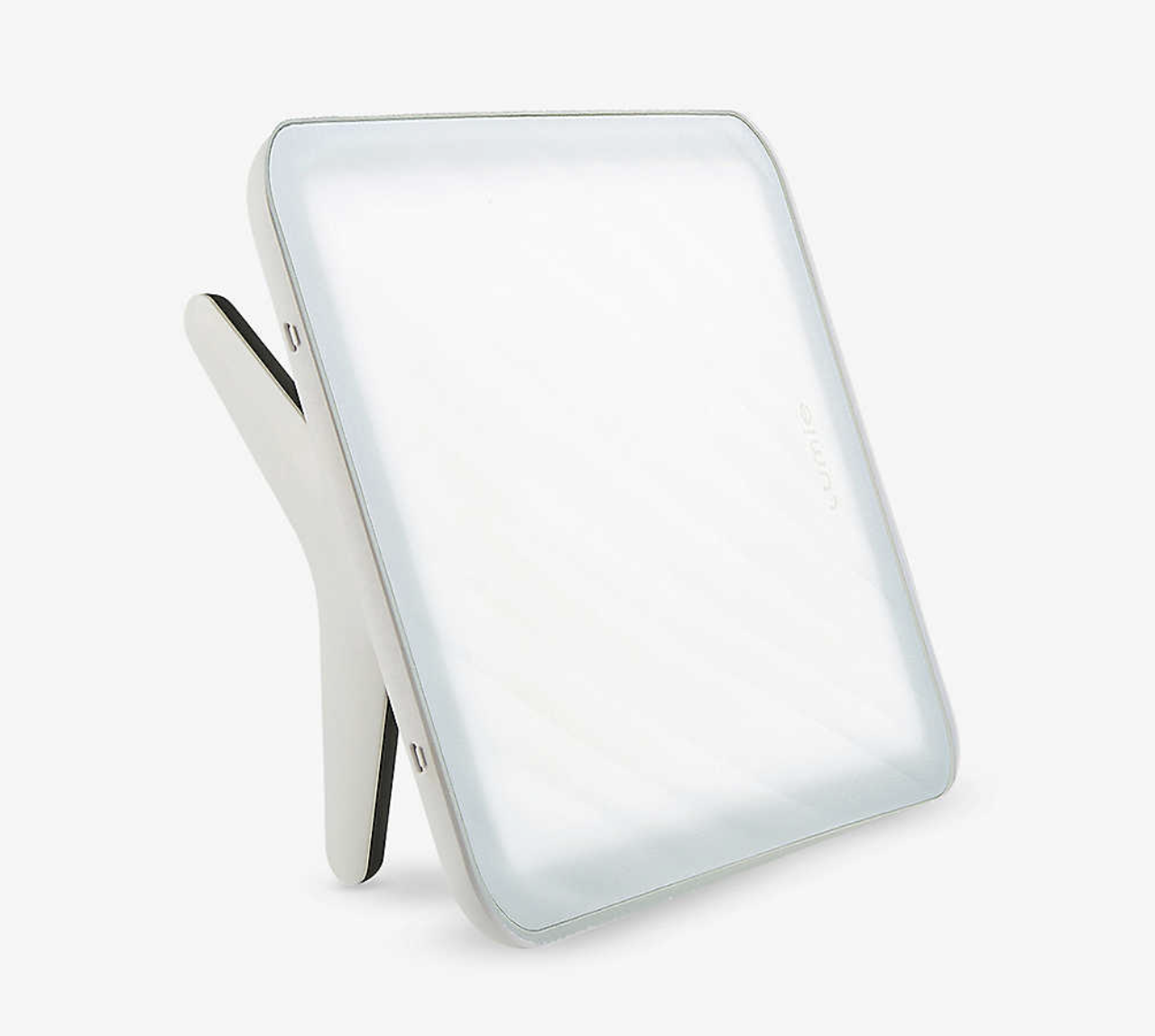
Bottom line
The most important take home message here is: If you feel your mental health suffers during the winter, get professional help. It doesn’t really matter if SAD is a separate disorder or a form of depression, what matters is that if you feel your quality of life suffers, it should be taken seriously. And while it probably won’t hurt to try going out during midday and doing regular exercise, do not expect that to cure your symptoms.
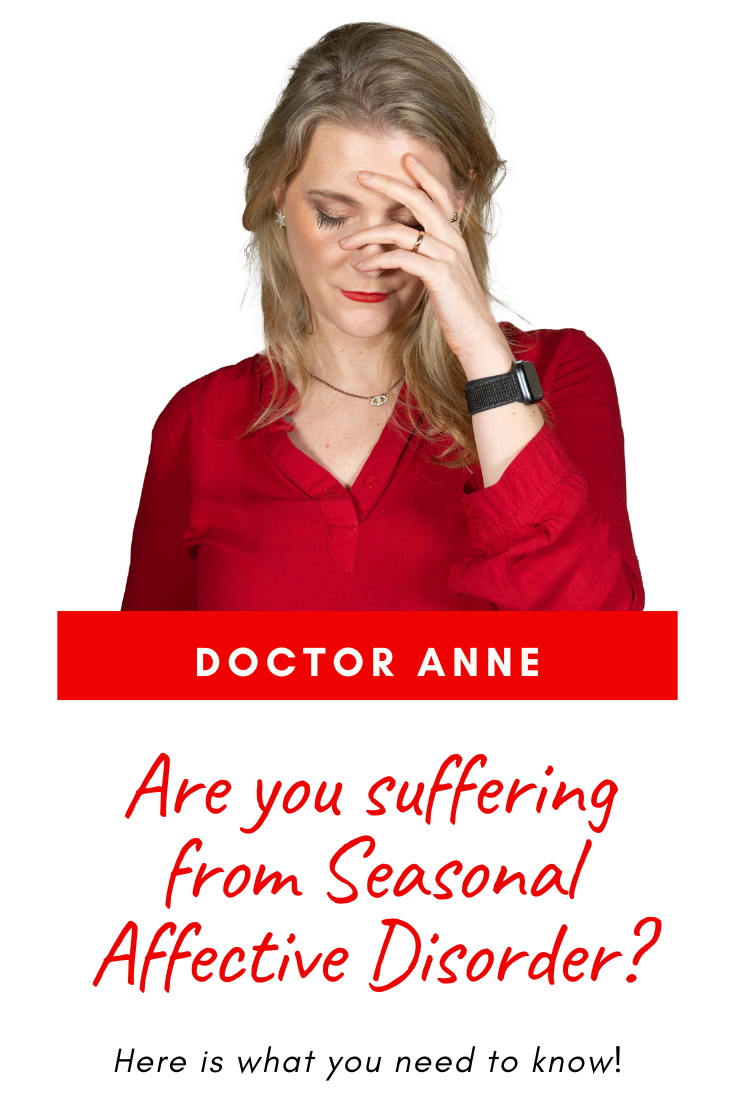
Sources
Eagles, J. M. (2003). Seasonal affective disorder. The British Journal of Psychiatry : The Journal of Mental Science, 182, 174–176. https://doi.org/10.1192/bjp.182.2.174
Kurlansik, S. L., & Ibay, A. D. (2012). Seasonal affective disorder. American Family Physician, 86(11), 1037–1041. https://doi.org/10.1192/apt.3.6.352
Need help? Here are some suggestions for Germany:
https://www.nummergegenkummer.de Tel.: 116111 (Kids and Teens)/ 08001110550 (Grown-Ups)
https://www.deutsche-depressionshilfe.de/krisentelefone Tel.: 08003344533
Light alarm clocks or SAD lights to try
Don’t forget to check out the Discount Code Page on top if you want to save some money on your next skincare purchase.
If you want to get a vote in the next Ask Doctor Anne Topic, Ingredient Spotlight or product I review, don’t forget you can head over to my Patreon account to get more involved!

